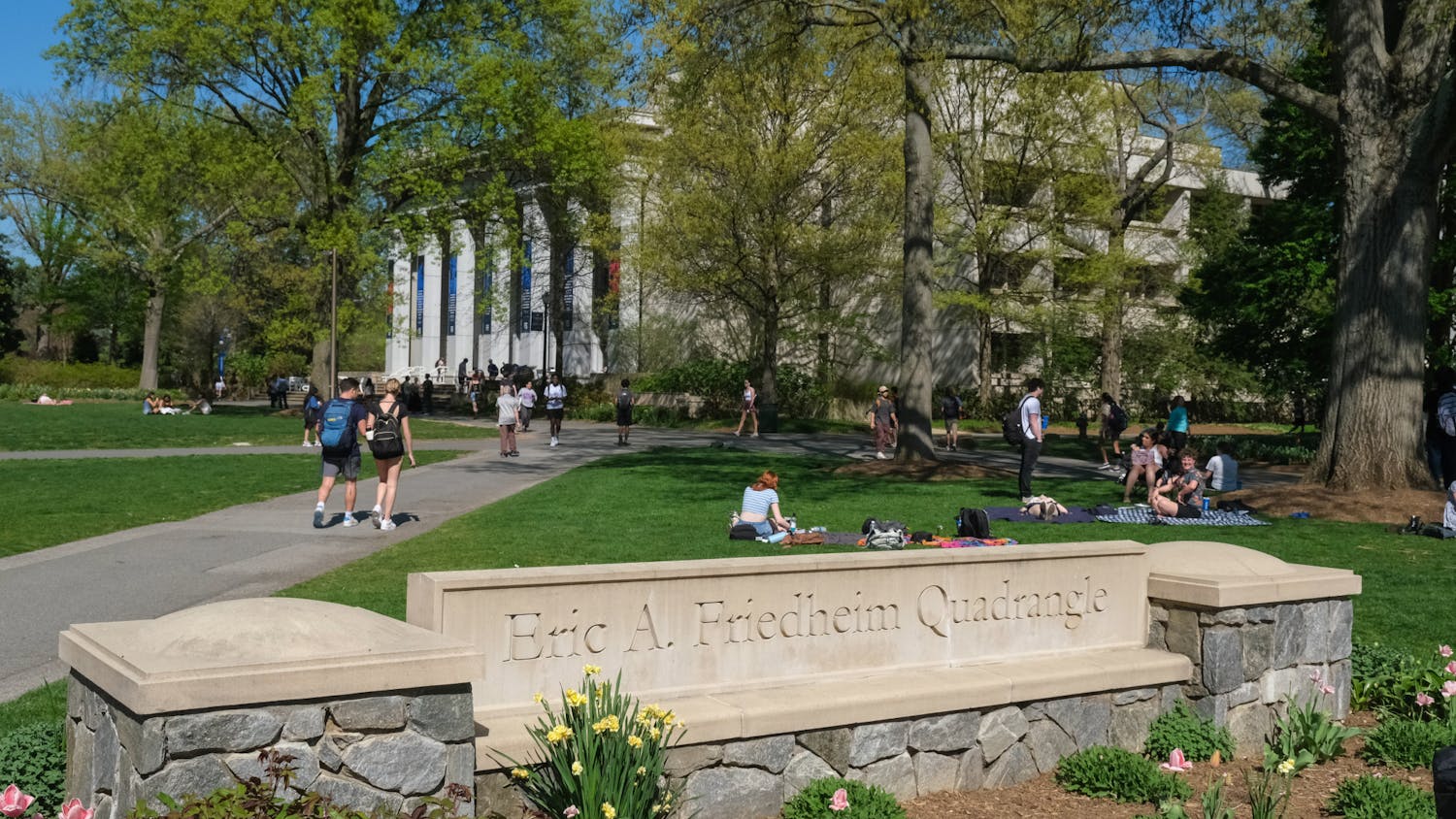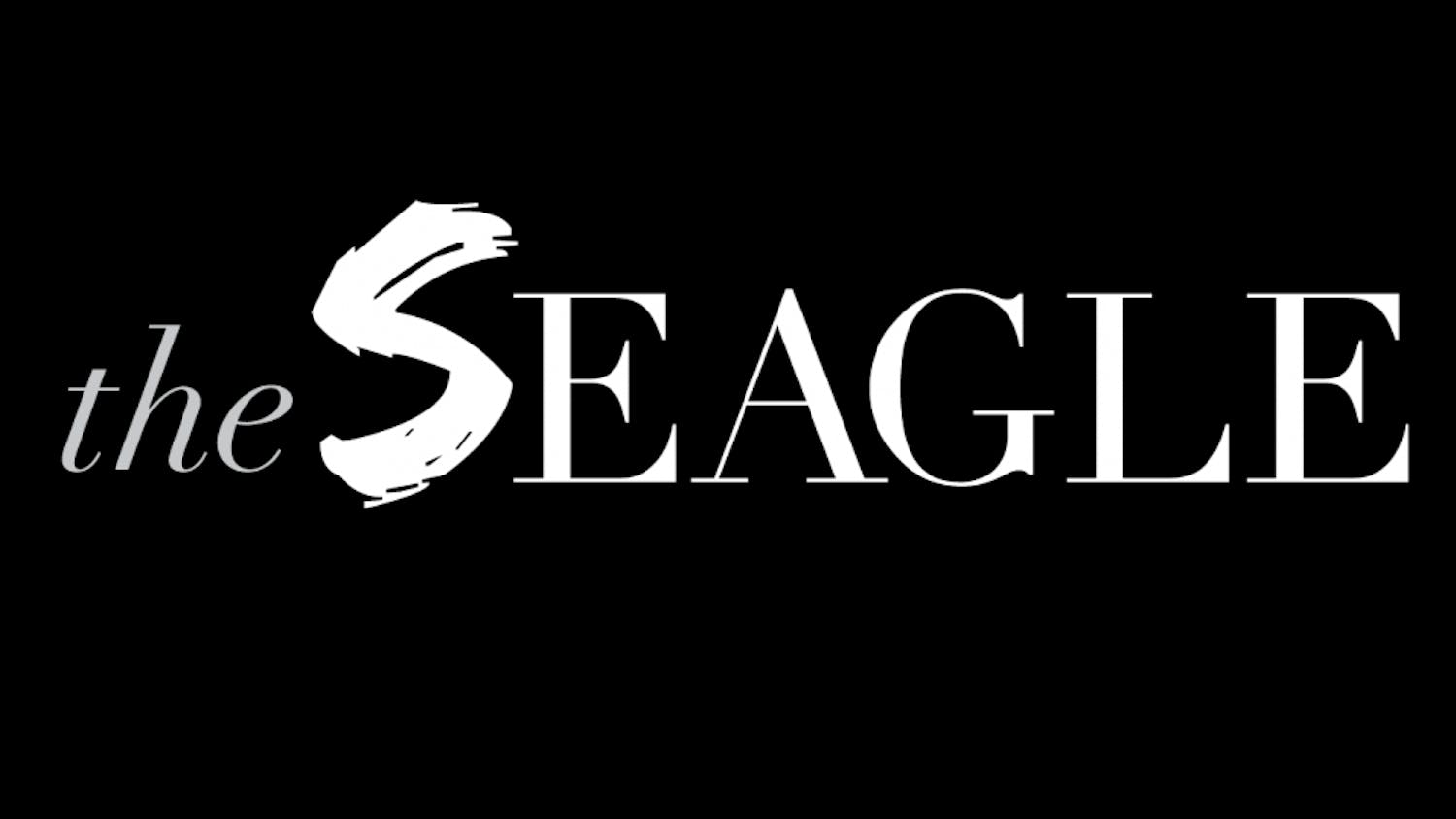A good number of AU’s buildings are not handicapped accessible, such as East Quad Building, Hurst Hall (where only the first floor is accessible), Asbury Hall and several other buildings with professors’ offices.
AU avoids addressing the inaccessibility issue by changing the location of classes that include students with documented disabilities to provide accessible classrooms. Professors will also arrange to meet students outside their office if a student isn’t able to get to the office itself.
This is not enough, though. AU needs to make all of the buildings on campus accessible to disabled students. And AU’s solution to the inaccessibility on campus is not enough.
Not all students who have trouble with stairs use mobility aids or have accommodations requiring the university to change their class locations. Many students with chronic illnesses may be able to climb a flight of stairs most days, but on other days are unable. These students are then faced with the choice of potentially harming their health to make it to class or skipping class simply due to difficulty reaching those places.
Additionally, clubs meet in the inaccessible buildings, and students cannot request a change to an accessible room while maintaining anonymity. The student would have to approach the club themselves and ask for a more accessible location, and the club is not required to move the location or may not be able to find an open room in an accessible building.
Most importantly, disabled people can’t access certain areas of campus. That is wrong - morally and ethically. The Americans with Disabilities Act doesn’t require buildings built before 1990 to comply with ADA Standards unless the building is undergoing significant construction, so legally AU doesn’t need to make the buildings accessible yet. But it is still a problem that AU has not invested in making the older buildings more accessible.
If these buildings were off-limits to any other minority, there would be an outrage, but because they’re only off-limits to disabled people, there’s very much an attitude of, “Well, what else could we do?”
If AU didn’t have the money to make these buildings accessible, that would be one thing. But the University is currently constructing an entirely new campus where the Nebraska parking lot used to be. Before constructing new buildings, AU should have focused on making the buildings they already have accessible to all students.
Disabled students pay the same tuition as others, yet are only able to access a fraction of the campus. They are, it seems to me, not considered important enough to be given the same opportunities or be equally accommodated as other students.
AU policy sends a message to disabled students that they are not as welcome on campus and only the bare minimum of an effort will be made to welcome them. AU is saying this through these inaccessible buildings, through sidewalks that flood and have divots and are unsafe for people who use mobility aids, through the use of shuttles that aren’t handicapped-accessible and more.
The bare minimum is not enough. Disabled students must not be shut out of these buildings forever. AU needs to make an effort to accommodate disabled students because the current system is leaving them out in the cold.
Jennifer Bohlman is a senior in College of Arts and Sciences and the School of Communication.




